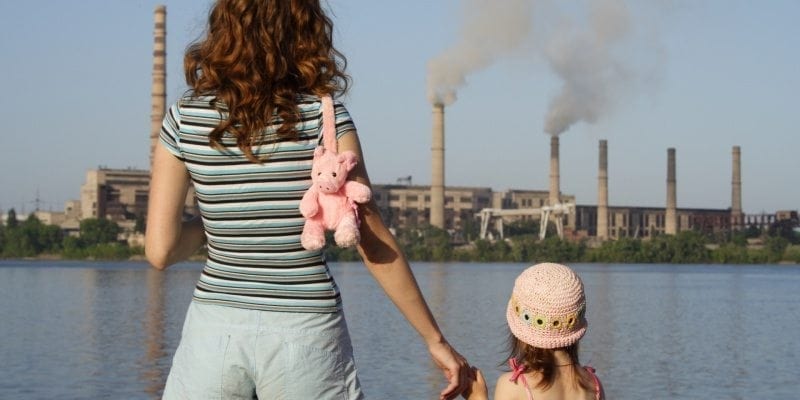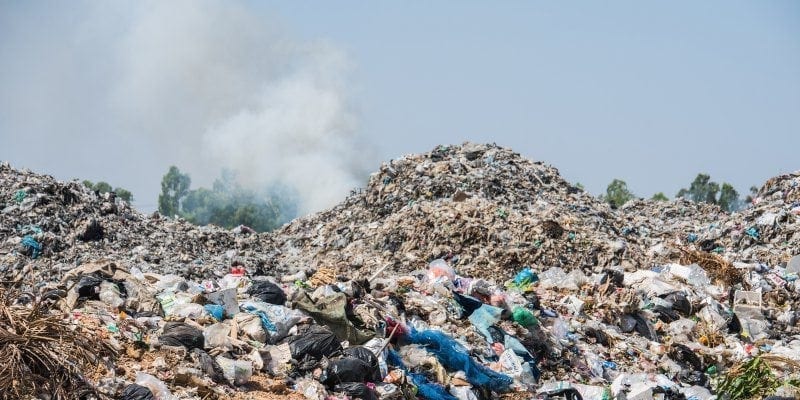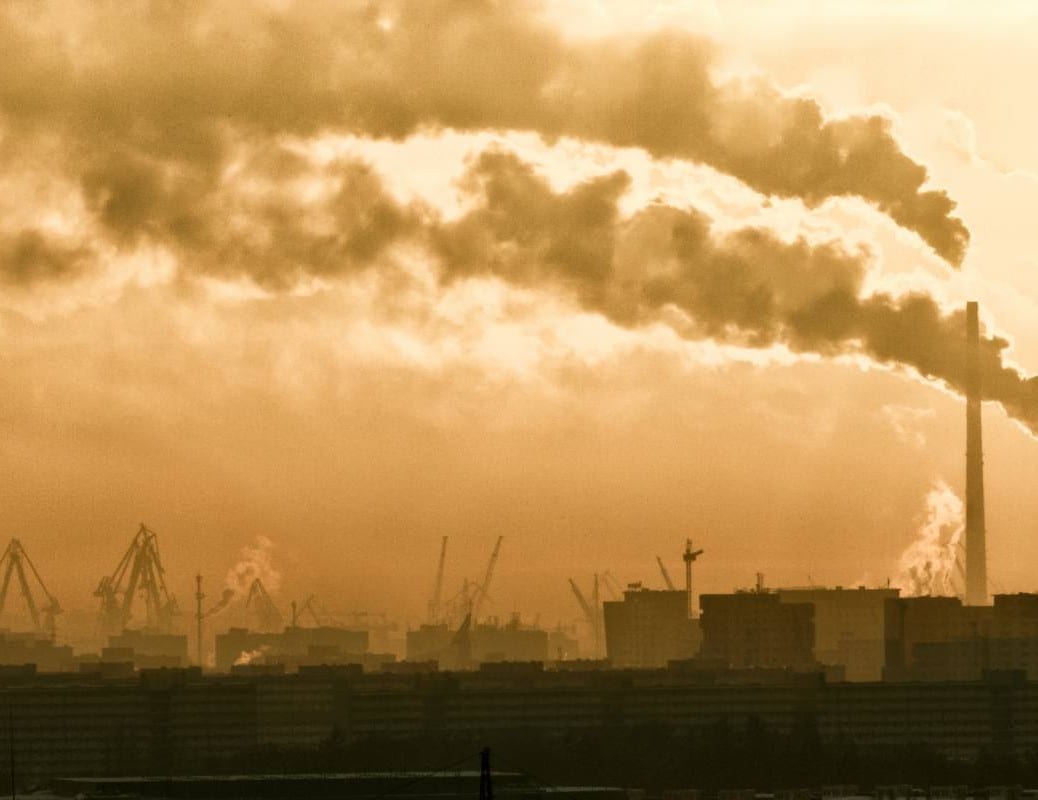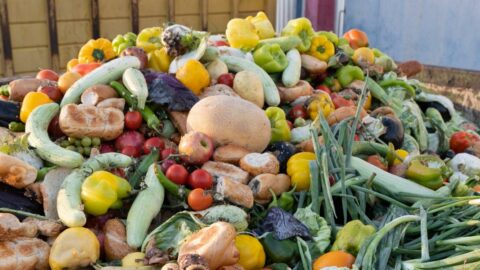“Environmental justice is the fair treatment and meaningful involvement of all people regardless of race, color, national origin, or income, with respect to the development, implementation, and enforcement of environmental laws, regulations, and policies.” ~ U.S. EPA
What is Environmental Justice?
Environmental justice is about everyone having access to environmental protection and a say in what types of environmental decisions and policies go into effect. Unfortunately, in many areas of the United States, we are far from achieving that goal. Instead, lower income neighborhoods tend to be located closer to toxic manufacturing or mining operations that harm the health of local residents. In the face of powerful industry interests, residents are unable to get the corporate compliance and regulatory support they need to make their neighborhood environmentally safer. This is compared with more affluent communities located farther away from toxics, whose residents would be more capable of successfully demanding change if the safety of their communities were threatened.
The notion that every citizen has a right to live in a community free from life-threatening hazardous waste, regardless of one’s income level, is gaining traction, and environmental justice is gaining visibility as a core component of the environmental movement.
The examples of “environmental injustice” below show that this is an ongoing struggle in communities around the country. The good news is that there are a growing number of organizations and individuals committed to providing strong and courageous leadership.
Environmental Injustice is Far Too Commonplace

azgek/Bigstock
While environmental justice sounds like a pleasant notion, the flip side is dark and deadly. Corporations focused on extracting resources at any cost, including ravaging the environment and spewing toxics into neighborhoods, as well as the industry lobbyists and politicians beholden to those lobbyists, all work together to protect their own interests and to keep environmental “injustice” a reality in many people’s daily lives. What follows are stories of communities dealing with ongoing environmental injustice.
1. Norco, Louisiana
Imagine the defining characteristic of your hometown being a petroleum refinery. Now imagine your town’s name originating from the phrase “New Orleans Refining Company.” Your humble author has had the pleasure of visiting this little-known town, whose situation remains startlingly bleak.
Norco’s community is split down racial lanes; the community nearest to the refinery (it’s literally 100 feet away from their homes) is 100% African-American, while the other side of the town is home to a 98% white community. In a microcosm of socioeconomic American life, the black community suffers the brunt of the air pollution’s harmful effects (asthma, lung cancer, irritated eyes, etc.) while the white, refinery employee-filled community remains largely unaware of the issues.
Shell Oil’s executives and lobby members downplay the negative health effects and attempt to hush the black community’s grievances. Moving is either immensely difficult or not an option for many of the residents. The socioeconomic reality of the situation traps members of the community in a situation that they cannot easily affect or escape. Although some improvements may have been made over the last decade, I can tell you firsthand: the community is still downtrodden and the refinery remains.
2. The Dakota Access Pipeline
The defenders of indigenous rights and climate justice made headlines all throughout 2016 and 2017 for their protests against the building of the Dakota Access Pipeline. So much so that you may live under a rock if that’s news.
The protests represented many concerns pertaining to environmental justice. Not only did the pipeline’s prior construction destroy some of the Standing Rock Sioux tribe’s sacred burial grounds, but protestors were concerned that an oil leak would ruin water quality in the area.
The coup de grace is that research clearly outlines how indigenous peoples in North America suffer disproportionately to a changing climate. Their dependency on their immediate environment is jeopardized on both a micro and macro level, and everywhere in between.
3. Tallassee, Alabama
When people feel mistreated they sometimes use the analogy of being someone’s “dumping grounds.” That’s no metaphor for the residents of the Ashurst Bar/Smith community.
The community filed a complaint with the Alabama Department of Environmental Management in 2003 that alleged that the expansion of a toxic landfill violated their civil rights by encroaching unduly on their land. The complaint was dismissed last year on April 28th because of “insufficient evidence.”
If only it were just the fact that a landfill is an unsightly and repugnant thing to live near. An article by MotherJones, a nonprofit news organization, elaborates on the context of the situation:
~ Residents worry the landfill has contaminated the community’s source of water.
~ [People] don’t fish and they don’t garden.
~ Conditions such as breathing problems, migraines, and even an increase in rates of cancer can be linked to the landfill.
Decreasing property values make it difficult to move away from the situation, and illustrate the problem as a full-on environmental, social, and economic issue. The reality is that there are many older, smaller, minority communities like Ashurst Bar/Smith that suffer from consequences arising from poor environmental conditions. It’s not hard to dissect why: Landfills, refineries, and all the other things that nobody wants to see go in the places where people don’t have the voice or power to fight back effectively. It hasn’t stopped them from trying.

CreativeBestPhoto/Bigstock
Who is Working to Correct the Environmental Justice Imbalance?
There are a few agencies and organizations who are working to promote environmental justice. Namely,
Governmental Agencies:
- U.S. EPA Office of Environmental Justice, a section of the EPA devoted to furthering and supporting environmental justice.
- U.S. Department of Health and Human Services (HHS), an organization that protects the health and well-being of Americans.
Nonprofits:
Nonprofits are one of the strongest resources we have in the fight against environmental injustice because they are not as beholden to corporate political interests and many are well-funded. Leading nonprofits taking on fights against major corporations include:
- The EarthJustice Legal Defense Fund
- GreenPeace
- Environmental Defense Fund (EDF)
- Center for Health, Environment and Justice
Individual Activists:
On a local level, there are brave individual activists who stand up for environmental justice in their local communities no matter the cost. Some examples include:
- Wendy Bowman, an Australian who runs Minewatch to inform neighbors about the health hazards of a nearby coal mine.
- Rodrigue Katembo, a Congolese who works to fight wildlife poaching and illegal resource extraction in the Democratic Republic of Congo.
- mark! Lopez, a Californian who leads a campaign against a local lead-battery recycling plant that was spewing toxic substances.
- Uroš Macerl, a Slovenian who took an emissions and pollution case to the European Commission against Lafarge, a French industrial company who was poisoning the air and land.
- Prafulla Samantara, an indigenous Indian who spread the word of a British mining operation to his people in order to prevent ethnic extinction.
- Rodrigo Tot, a Guatemalan who fought against an invasive mining expansion by the Guatemalan government.
- Sunita Narain, an Indian who advocates for de-globalization and new pathways for sustainable growth in the age of climate change.
Environmental Equity for All
The environmental movement would not be complete without taking equity into consideration. Treating all groups of people as equitably as possible when designing environmental legislation and taking action is a crucial component to orienting the movement toward an outcome that works for people under a variety of contexts. We need to recognize the environmental movement as a social one as well.
Top Photo Credit: kubais/Bigstock
- Will Autonomous Vehicles Lead to Fewer Emissions? - May 10, 2022
- Biofuel: Mitigating One of Renewable Energy’s Biggest Weaknesses - May 10, 2022
- Is a Career in Environmental Management Right for You? - May 10, 2022











